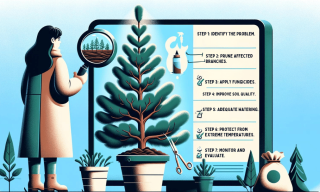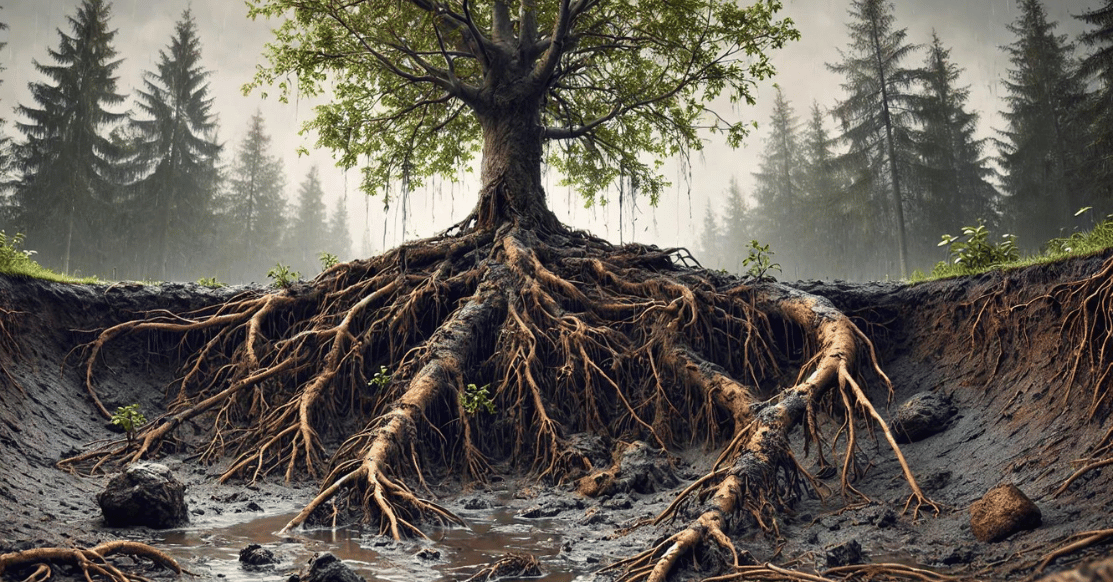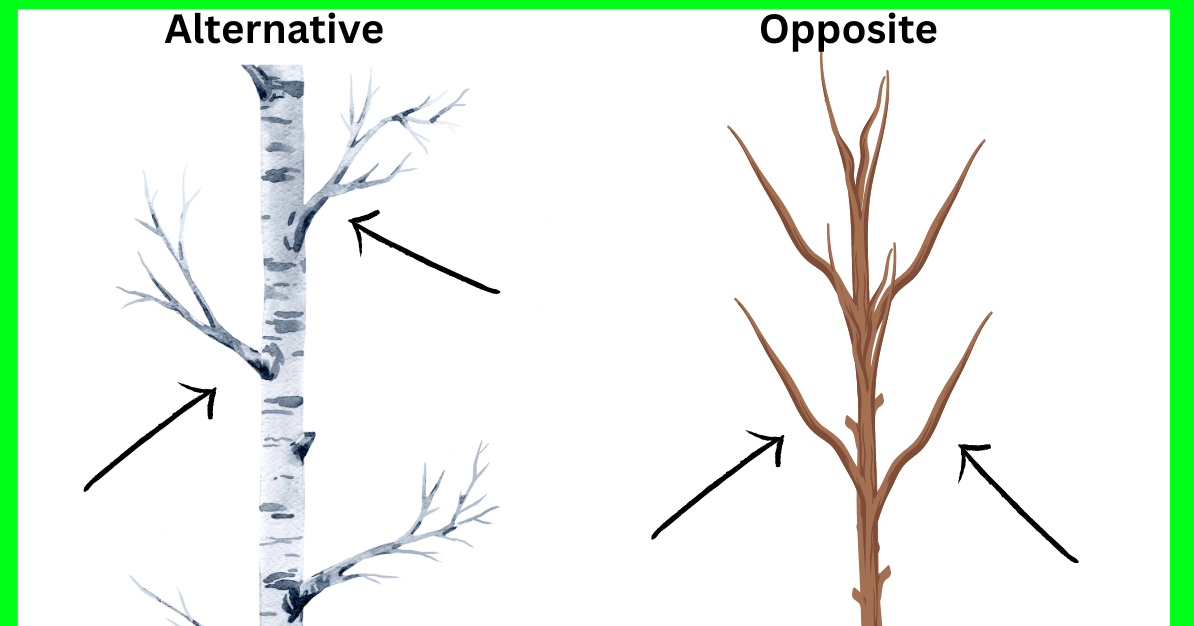Saving a dying pine tree is a task that requires patience, the right knowledge, and timely action. Many homeowners and garden enthusiasts ask, "How can I tell if my pine tree is dying?"
Recognizing the signs of distress and understanding the necessary steps to rejuvenate ailing pine trees can prevent loss and maintain the health and beauty of your landscape.
What Does a Pine Tree Look Like When It's Dying?
A dying pine tree often displays several symptoms, indicating its distress. The most common signs include:
- Needle Discoloration: Healthy pine needles should be vibrant and green. If they turn yellow, brown, or gray, it's a sign of health issues.
- Needle Drop: It's normal for pine trees to shed needles, but excessive shedding or loss of newer needles is a concern.
- Bark Peeling: Peeling or cracking bark, especially if accompanied by sap leakage, can indicate disease or pest infestation.
- Sparse Canopy: A thinning canopy or branches without needles are signs of a struggling pine.
- Fungal Growths: The presence of mushrooms or fungal growths at the tree's base or on the trunk can signal root decay and other health problems.
How to Save a Dying Pine Tree
Step 1: Identify the Problem
Begin by closely examining your pine tree for the signs mentioned above. Identifying the specific issue is crucial. Is it a pest infestation, a fungal disease, or environmental stress? Sometimes, consulting with a professional, such as Strobert Tree Services, can provide accurate diagnosis and treatment options.
Step 2: Prune Affected Branches
Pruning is essential for removing diseased, dead, or dying branches. It prevents the spread of disease and pests to healthy parts of the tree. Ensure sanitized pruning tools are used to avoid transmitting issues from infected trees.
Step 3: Apply Fungicides
Applying appropriate fungicides can help control and prevent further spread if a fungal infection is identified. Following the product's instructions closely or seeking professional application services for the best outcome is essential.
Step 4: Improve Soil Quality
Soil health directly impacts tree health. Enhancing soil quality through organic mulching and adding necessary nutrients can support pine tree recovery. Ensure the soil maintains proper pH levels suited for pines and is well-draining to avoid root rot.
Step 5: Adequate Watering
Pine trees require consistent moisture, especially during dry spells. However, overwatering can be just as harmful as under-watering. Establish a watering schedule that keeps the soil moist but not waterlogged.
Step 6: Protect from Extreme Temperatures
Providing protection can help mitigate stress on your pine tree in regions with harsh winter or summer extremes. Mulching can insulate roots from cold while shading young trees can reduce heat stress in summer.
Step 7: Monitor and Evaluate
Recovery from distress can be slow. Continuously monitor your pine tree's health, adjusting care as needed. Signs of new growth and improved vigor indicate recovery.
Can a Dying Pine Tree Recover?
Yes, a dying pine tree can recover if the underlying issue is identified and addressed early. The success of recovery efforts largely depends on the tree's condition, the promptness of intervention, and the appropriateness of the care provided.
Contact Strobert Tree Services
At Strobert Tree Services, we understand the value of your landscape's health and beauty. Serving Delaware, Pennsylvania, and New Jersey, our expert team is equipped to diagnose and treat ailing pine trees. Whether it's conducting a health assessment, providing professional pruning services, or administering treatments, we're here to help your pine trees thrive.
If you're concerned about the health of your pine trees or need guidance on saving a dying pine tree, don't hesitate to contact us. Our commitment to excellence ensures your trees receive the best possible care, preserving the beauty and value of your property.











